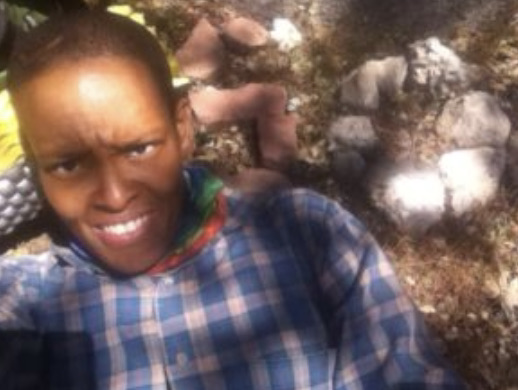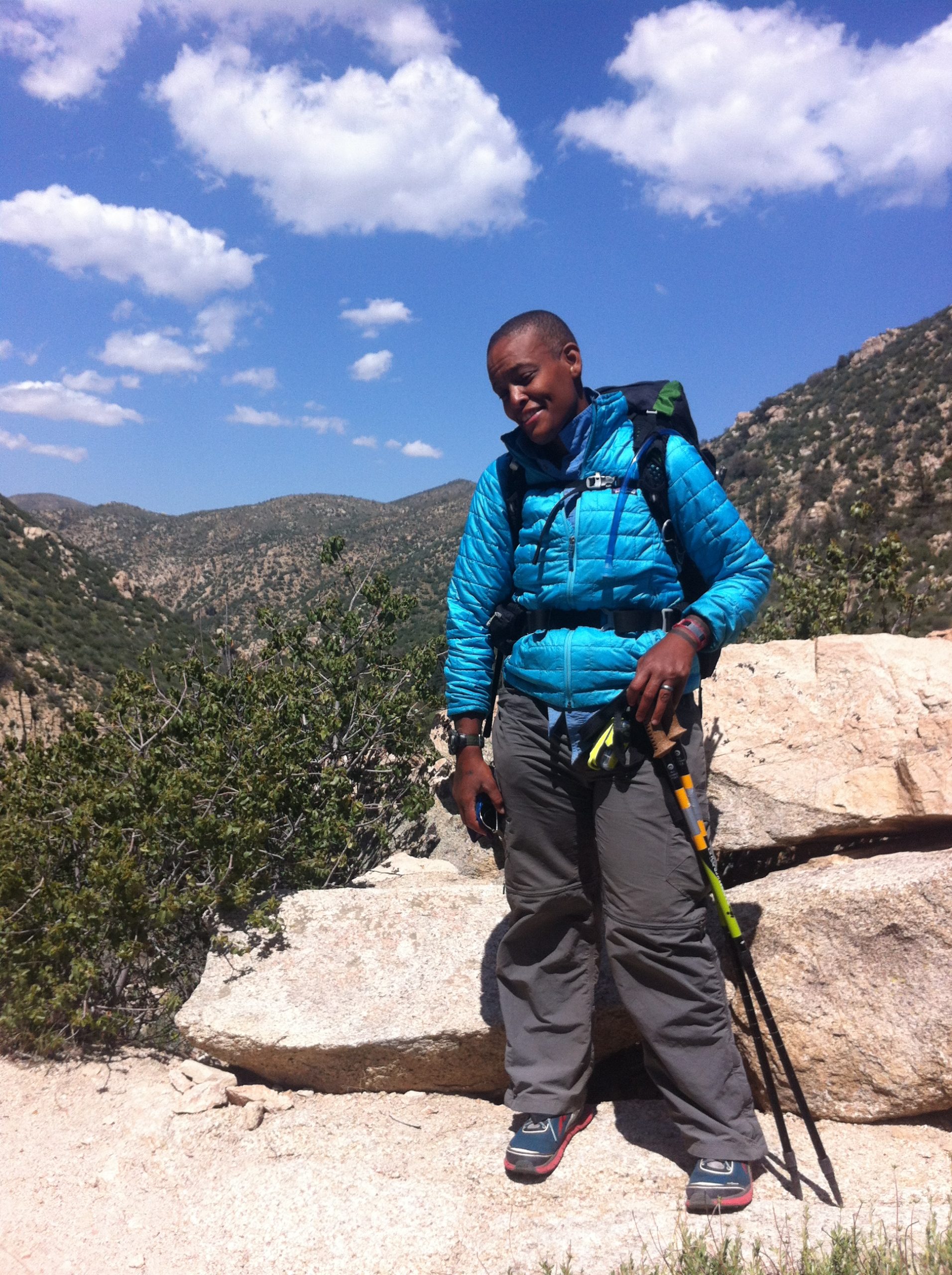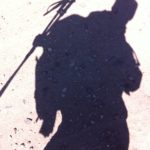so·lo ˈsōlō
noun
1. a thing done by one person unaccompanied, in particular.
SOLO sōlō
noun
2. Stonehearth Open Learning Opportunities
If you’ve been curious about my absence during October, I spent the month enrolled in SOLO’s Wilderness Emergency Medical Technician (EMT) program in Conway, New Hampshire.
Overall, the course was intense, nearly a semester’s worth of work in four weeks. I completed the intensive training. The office staff and support staff were phenomenal.
Sadly, I faced opposition from my cohorts, which began the moment we all congregated. The course aids and prepares students to work in Wilderness Emergency Medicine.
Despite the numerous dangers in the wild, it seems that an educated Black woman was the most significant threat for my cohort. Initially, I felt comfortable sharing my health-related experiences. This knowledge, along with my ideas were not welcomed.
As the sole Black woman, I faced the harsh realization that people of color, even with shared passions, aren’t an acceptable feature in the outdoors. It’s disheartening and not based on logic.
The ostracism I endured throughout the course was an irrational dislike of the hues in my skin — the only differential factor. One might argue economic status, but we all paid the same amount to partake in the class, and finances weren’t a topic.
The course required hands-on experience for real-life situations and the practical exam. Seldom would I find someone to work with, and it was never for long when I did.
As the weeks unfolded, so did animosity and ignorance. I spent countless hours working independently on mannequins, studying vast quantities of new information alone. In real-life, a dummy won’t require life-saving skills.
I didn’t participate in the collaborative efforts of my cohort. Life has taught me that a significant part of the learning experience is the knowledge gained from others. At SOLO, my experience was, at best, frustrating.
A few students physically pushed me aside during my attempts to perform knowledge-based tasks. My insights were often dismissed. In some cases, the same points I voiced were later echoed by others and taken as excellent ideas.
I witnessed the forming of bonds and the group’s closeness as a whole. I was never respected or accepted as a member of my alleged team.
Most of my classmates made attempts to insert a false sense of dominance over me, with the entitled belief that a Black woman had nothing to offer and, therefore, wasn’t worthy of respect.
My cohort created a prejudicial distinction over me. As a person of color, I realize that I, and others who look like me, will have to work twice as hard to connect with the outdoors.
Due to my limited hands-on experience, I will need to retake the WEMT practical exam. Thankfully, my goal is to receive my Masters’s in Adventure-Based Therapy. I don’t foresee a future in emergency medicine. I believe in an emergency; I will perform adequately.
What angers me most is the person of color who aspires to become a WEMT. That individual will likely face a great deal of adversity and unnecessary hardship at SOLO.
I am only accounting for my personal experiences; however, I am connected enough to People of the Global Majority in outdoor spaces who have echoed similar negative experiences.










